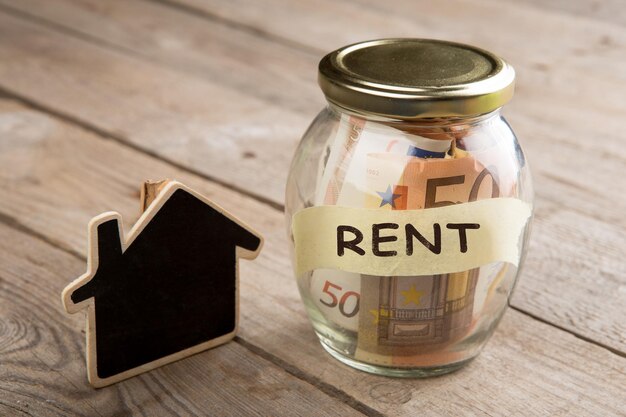Ready to Buy Your First Home? Here’s How to Save for a Down Payment
Stepping into the housing market for the first time can be exhilarating yet daunting. One of the biggest hurdles for first-time buyers is saving for a down payment. With home prices climbing steadily, the journey to accumulate the necessary funds might seem impossible. But don’t worry. With the right strategies and tools, you can make this dream a reality.
Understanding Your Down Payment Needs
The first step is to determine how much you need. Conventional loans typically require up to 20%, but there are options available that require less. FHA loans, for instance, allow down payments as low as 3.5%. Determine the loan type you're eligible for and set a realistic target.
Craft a Robust Savings Plan
Building up savings for a down payment requires diligence and planning. Here’s how you can effectively stow away funds:
- Automatic Transfers: Set up automatic transfers from your checking to savings account after each paycheck. Treat savings like a non-negotiable expense.
- Budget Efficiency: Examine your monthly expenses and identify areas where you can cut back, such as dining out less or canceling unused subscriptions.
- Side Hustles: Consider taking on a part-time job or freelance gigs. Use the extra earnings solely for your down payment fund.
Explore Government Assistance Programs
As a first-time buyer, you might have access to several government aid programs designed to lighten the financial load:
- FHA Loans: Backed by the Federal Housing Administration, they offer lower down payments and more lenient credit requirements.
- State and Local Grants: Various state-specific programs offer down payment or closing cost assistance. Research the options available in your state.
Smart Debt Management
Managing debt efficiently can positively impact your ability to save for a down payment:
- Consolidate and Reduce Debt: Focus on paying off high-interest debts first, or consider debt consolidation for more manageable monthly payments.
- Credit Solutions: Utilize credit card balance transfers to take advantage of lower interest rates, enabling you to save more aggressively.
Consider Educational Opportunities
Enhancing your skills can increase your earnings potential, accelerating your savings goals:
- Online Courses and Certifications: Acquiring new skills via affordable online platforms can boost your career prospects, leading to better income.
- Grants for Continuing Education: Look for available educational grants that can reduce the financial burden of advancing your education.
Maximize Your Existing Resources
Leverage your existing resources to their fullest potential:
- Savings Account Options: Explore high-yield savings accounts or money market accounts for better returns on your funds.
- Investments: If you’re comfortable with a bit of risk, consider low-cost index funds or Roth IRAs to grow your savings.
By implementing these strategies, you'll be in a prime position to secure your first home sooner than expected. Remember, each small step contributes to your ultimate goal. For those ready to delve even deeper into financial planning, exploring educational resources, financial counseling, or speaking with a mortgage advisor can offer personalized guidance tailored to your circumstances.
Financial Resources & Tools to Help You Get Started:
- 🏠 First-Time Homebuyer Programs: Check out federal, state, and local housing programs.
- 💡 Credit Solutions: Credit counseling services can help improve your score.
- 📚 Continuing Education Grants: Scholarships and grants available for career-advancing courses.
- 💳 Debt Relief Options: Consider debt consolidation loans or resettlement options to manage debt effectively.
- 💰 Savings Accounts: Look for high-yield savings accounts to maximize your returns.
Taking advantage of these resources can set you on a quicker path to homeownership while maintaining financial health.
